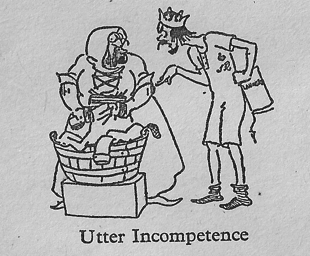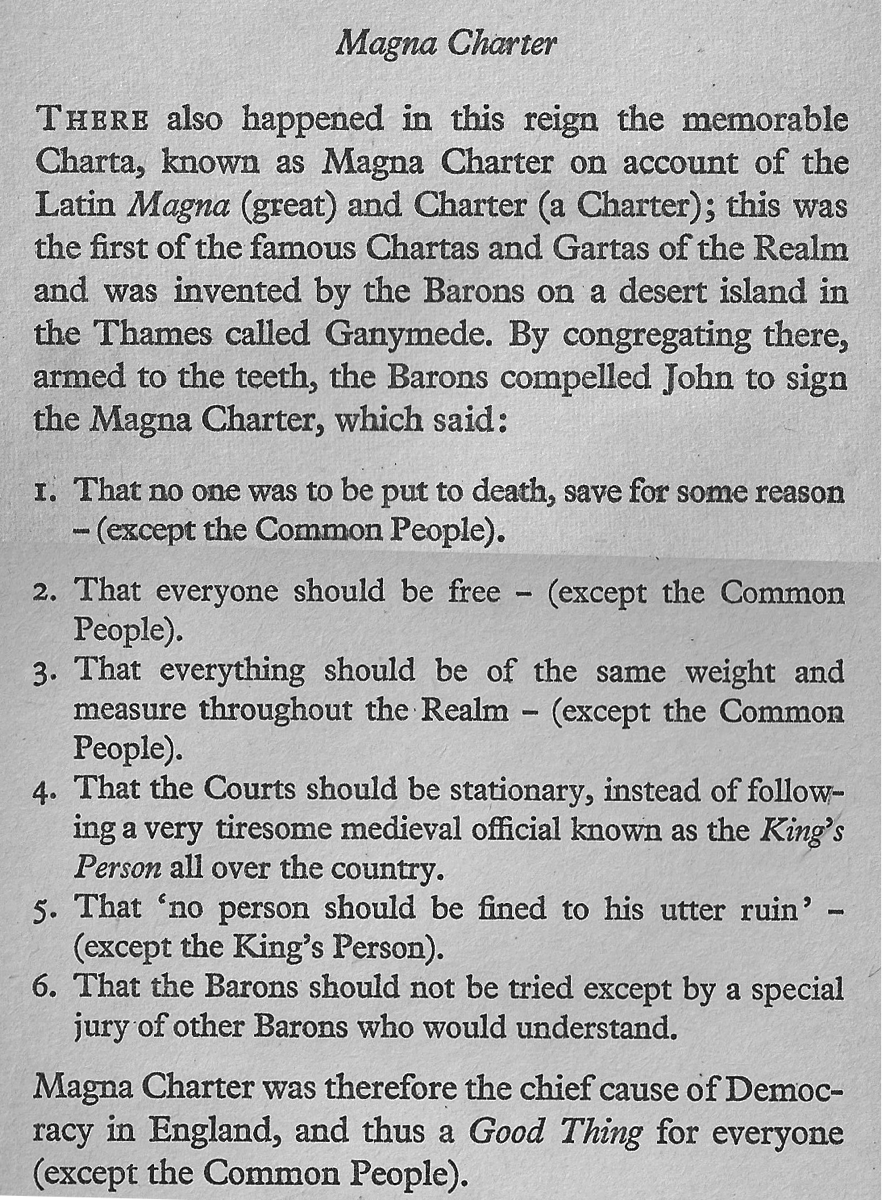
Elon Musk has replaced Steve Jobs as the Internet’s ‘raddest’ man.
While he was an undergraduate at University, Musk asked himself “What will most affect the future of humanity?”.
He came up with five answers:
- the internet;
- sustainable energy;
- space exploration, in particular the permanent extension of life beyond Earth;
- artificial intelligence;
- and reprogramming the human genetic code.
Why work on small problems when there are big ones to solve?
Musk started with the Internet. He founded PayPal, and later sold it for a not-so-small fortune. Rather then retiring to a tax haven in the Caribbean, he moved onto the next two tougher problems.
SpaceX
Musk believes that if we are to ensure mankind’s survival, we need to be able to leave Earth and travel to other planets.
 In 2002 he started ‘one of the most unthinkable and ill-advised ventures of all time’, a rocket company called SpaceX. ‘The aim of SpaceX is to revolutionize space technology, with the ultimate goal of enabling people to live on other planets.’
In 2002 he started ‘one of the most unthinkable and ill-advised ventures of all time’, a rocket company called SpaceX. ‘The aim of SpaceX is to revolutionize space technology, with the ultimate goal of enabling people to live on other planets.’
Against all predictions, SpaceX has been a tremendously successful company. It has flown cargo to and from the space shuttle, and now has a $1.6 billion contract with NASA to fly numerous cargo resupply missions. It is developing the capacity to transport astronauts.
Tesla Automobiles
While SpaceX was still in its infancy, Mush started working on his next problem – ‘sustainable energy’. Musk says of fossil fuels – “Given that at some point they’ll run out anyway, why run this crazy experiment to see how bad it’ll be?”
As Tom Urban writes
In 2004 Musk decided to multi-task by launching the second-most unthinkable and ill-advised venture of all time: an electric car company called Tesla, whose stated purpose was to revolutionize the worldwide car industry by significantly accelerating the advent of a mostly-electric-car world—in order to bring humanity on a huge leap toward a sustainable energy future”
Musk has a secret master plan.
• Build a sports car (Roadster, 2006) √
• Use that money to build an affordable car (Model S, 2012) √
• Use that money to build an even more affordable car (2017)
• While doing above, also provide zero emission electric power generation options
The Tesla Roadster was Tesla automobiles has now launched the very successful Model S fully electric car, aimed at the luxury end of the market. The all-wheel Model Sdrive version has a top speed of 250 kph and can go from 0-100kph in 3.3 seconds. It has the highest ever Consumer Reports rating of 99/100. It received 5/5 in the Australian ANCAP safety rating. It has a range of about 500km, and Tesla has built a network of charging stations across the USA if you need to go further (or you can plug into any power point).

The Model S starts in Australia at $106,000. So I’ll wait for the widely anticipated Model 3, slated for release March 2016 and for sale early 2017. It is aimed to be very affordable ($35,000) and it is tipped that it will disrupt the automobile market.
SolarCity
As a spin off, Musk’s company SolarCity is the largest installer of Solar panels in the USA . Musk is also building the largest battery factory in the world.The Tesla Powerwall home battery (to be released later this year) will revolutionise the way we use energy at home, allowing the power generated from the sun by day to be stored and used at night (perhaps to charge our Tesla car).
As Richard Branson says
It’s a paradox that Elon is working to improve our planet at the same time he’s building spacecraft to help us leave it.
Wait, But Why?
Tom Urban writes about Mush and Tesla in his blog Wait, But Why?. This is my new favourite blog.
Urban explores each topic he writes on with enormous depth – digging deeper and deeper whenenever there is a concept that requires clarification. He likes to ‘get to the very bottom of things.
He describes it like this
The way I approach a post like that is I’ll start with the surface of the topic and ask myself what I don’t fully get—I look for those foggy spots in the story where when someone mentions it or it comes up in an article I’m reading, my mind kind of glazes over with a combination of “ugh it’s that icky term again nah go away” and “ew the adults are saying that adult thing again and I’m seven so I don’t actually understand what they’re talking about.” Then I’ll get reading about those foggy spots—but as I clear away fog from the surface, I often find more fog underneath. So then I research that new fog, and again, often come across other fog even further down. My perfectionism kicks in and I end up refusing to stop going down the rabbit hole until I hit the floor.
So the ‘Wait But Why?’ column on Tesla starts with Elon Musk, moves through the politics of energy, looks for the truth around climate change, delves into the science of combustion, and takes us right back to the ferns that became the fossils that became the coal that provide us with energy today. It deals with the issue of ‘the long tailpipe’ – are electric cars no better environmentally than petrol cars as coal generates the electicity that charges them? It is a very entertaining ‘long read’.
But don’t start reading the Wait But Why? story of Elon Musk, the Worlds Raddest Man, or Part 2, How Tesla will Change the World? unless you are ready to go and buy a Tesla.
You won’t have any choice afterwards.
What I Learnt On 14th June in other years
Add a comment
 On this day, June 16th, in 1904, Leopold Bloom rose at 8am in his Dublin home. He walked to the butcher to buy a pork kidney, cooked it, and took it to his wife Molly for breakfast (yuck).
On this day, June 16th, in 1904, Leopold Bloom rose at 8am in his Dublin home. He walked to the butcher to buy a pork kidney, cooked it, and took it to his wife Molly for breakfast (yuck).

 Today marks the
Today marks the 

 In 2002 he started ‘one of the most
In 2002 he started ‘one of the most 


 RSS - Posts
RSS - Posts
